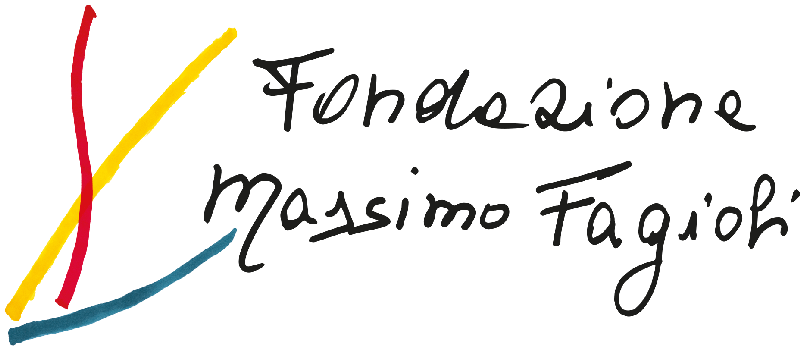Massimo Fagioli’s creative journey has all unfolded thanks to that immediacy of ideation, of understanding, of interpretation, of making that he always experienced and theorized in “DeathInstinct and Knowledge” as having originated at birth, a path carried on in his research up to themost recent definitions of the words that express the first moments of life.
The founding concept is that of the fantasy of disappearance as defined in Death Instinct and knowledge, with the thought that in the original formulation of the term vanishing fantasy therewas already contained the idea of birth theory. The thought is that if Massimo Fagioli put on the first page of the founding book of his theory. “tellme where is fancy bred” perhaps, on the term disappearance the term fantasy prevailed because it it had more force.
“Disappearance fantasy and capability to imagine gushed forth from the words “creativity ofhuman beings” biological reality that makes something new, something that did not exist before,emerge from itself” (“Death Instinct and Knowledge”; L’ Asino d’oro edizioni, aprile 2017 pag. 290).
“We should go deeper and consider that, within the phenomenon of the transformation of the libido, there is the intervention of the death instinct as (disappearance) fantasy. Thus, we can explain why the libido, once it is turned into fluctuating sexual investment, acquires the characteristics of fantasy. Fantasy as hope that the breast exists, witch, in case intuition and desireare degraded into greed, becomes imaginary introjection of the object. Thereby, the object that has been touched is fantasizet about being put inside oneself”. (“Death Instinct and Knowledge”; L’Asino d’oro edizioni, aprile 2017 pag. 256).
The first fantasy, which is that of disappearance, fused with the libidinal self forms the capacity to imagine which gradually becomes richer to the extent that the experience of unions – relationships and separations is internalized as images – memories. A heritage that is enriched to the extent thatno annulments are made. This confidence with images can become the artist’s creativity….
“The death instinct is deflected from going against the external object. By making one’s owninternal object-relation disappear, the death instinct becomes fantasy-image, meaning creativityand then, verbal thought. The result (aim) will be the creation of a more fully developed humanself”. (“Death Instinct and Knowledge”; L’Asino d’oro edizioni, aprile 2017 pag. 88).
That more evolved human that began thousands of years ago to express itself through paintings, ornaments, colors on the skin, artifacts. That human that was always expressed by Massimo Fagioli in his therapeutic activity but also in his research on images, in his relationship with sculptural or pictorial art or through architecture. In the relationship appeared, immediate, creativity, in creating new images that could be now architecture, now sculptures, now particular openings, parks, public spaces …
This recreation of original psychic states was immediate and flowed through the hands now recreating birth, now weaning, now the relationship with the different human being. Then the “interpreter”; architect-craftsman, of these images became a creator himself with anunderlying imaginative equality in the diversity of capacities and memories. If this is the basic idea, this discourse fits into the elaboration of Massimo Fagioli’s thought by connecting it to his art making and the transmission of his relationship with images and the psychic world. The social and cultural repercussions of these theorizations are important, and to be able to propose them, even in images, we think is of effective impact, as were all those works of Massimo’s in the artistic field that allowed the reception of Birth Theory and interpretations and the possibility of accessing them. We will briefly recount when we were present at the creation of the Papyrus and the relationship between creator and the “interpreters” of its signs.
Bibliography
- Istinto di morte e conoscenza dodicesima edizione aprile 2017
- Il Sogno della Farfalla n. 1/2006• Left 2016 – 2017
- Il coraggio delle immagini 2° edizione 1995
